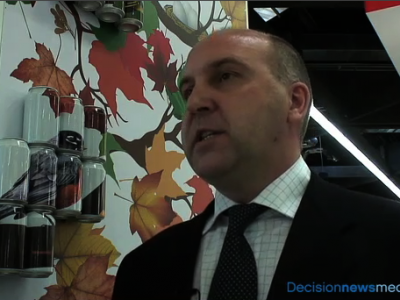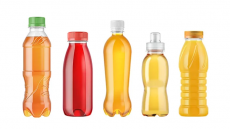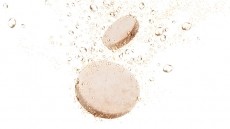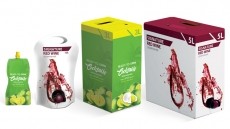Ball offers digital printing for beverage cans
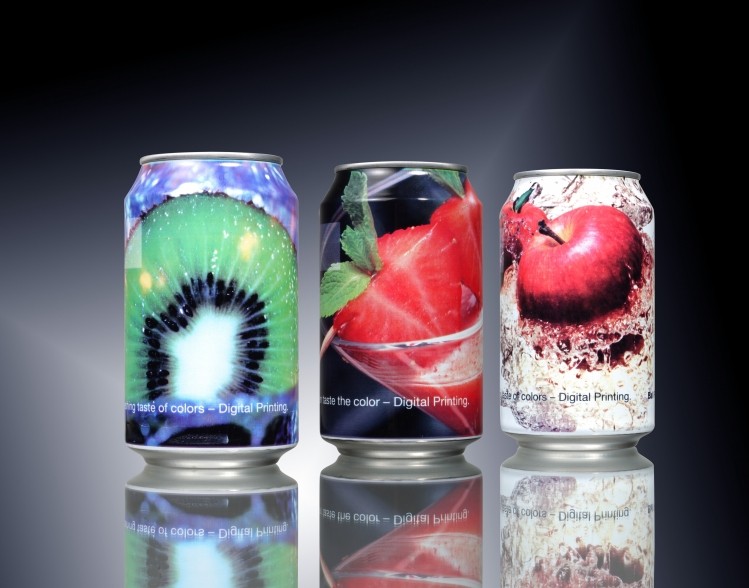
The big advantages of digital printing are its print quality and ability to cut down the time it takes to apply a new design to a can. This makes it feasible to print more limited edition cans for specific events or celebrations.
A digital print head, developed by partner Tonejet, applies images straight onto can surfaces at resolutions of up to 600 dpi. The images pass directly from computer to production line without any need to make up a printing plate.
To illustrate the potential speed of the process, Ball photographed journalists at a recent press event in Germany and then after an hour long seminar they were presented with cans printed with the photos.
Since first announcing its digital printing plans at Brau in 2008, Bell has been working with Tonejet to put them into practice. In spring 2009, Bell inserted a prototype digital printing press into the standard production line at the Hassloch plant and then worked with Nuremburg Airport to put it to use for the first time.
On the occasion of its 14th anniversary the airport threw a surprise party for its customer Air Berlin and presented the airline with 3,000 cans printed with its logo accompanied by an air hostess.
New marketing possibilities
Bell claims that by making such short runs economically feasible and easy to complete, the new technology is poised to change the way beverage companies think about marketing. A whole new level of individualisation could become a reality.
In the future, this could see people designing their own cans on the internet. In the meantime, companies can easily order cans to be printed specially for sporting or cultural events.
Ball claims that the technology does not only open up the market for small special-edition production runs but offers a higher level of printing quality.
The traditional method involves determining in advance which ink to apply to which printing plate and can only handle six or eight different ink colors. In contrast, Ball said digital printing applies inks wet on wet, one on top of the other, to match every possible shade and hue. The result is a much more accurate image that makes it possible to print photorealistic designs.
Explaining why it has taken so long to apply digital printing to cans, a Ball spokesperson said there are complications stemming from the fact that cans are 3D and the need to accommodate high speeding printing requirements. Ball said the digital prototype currently has an output of 120 cans a minute, set to rise to 200 cans a minute in the future.
